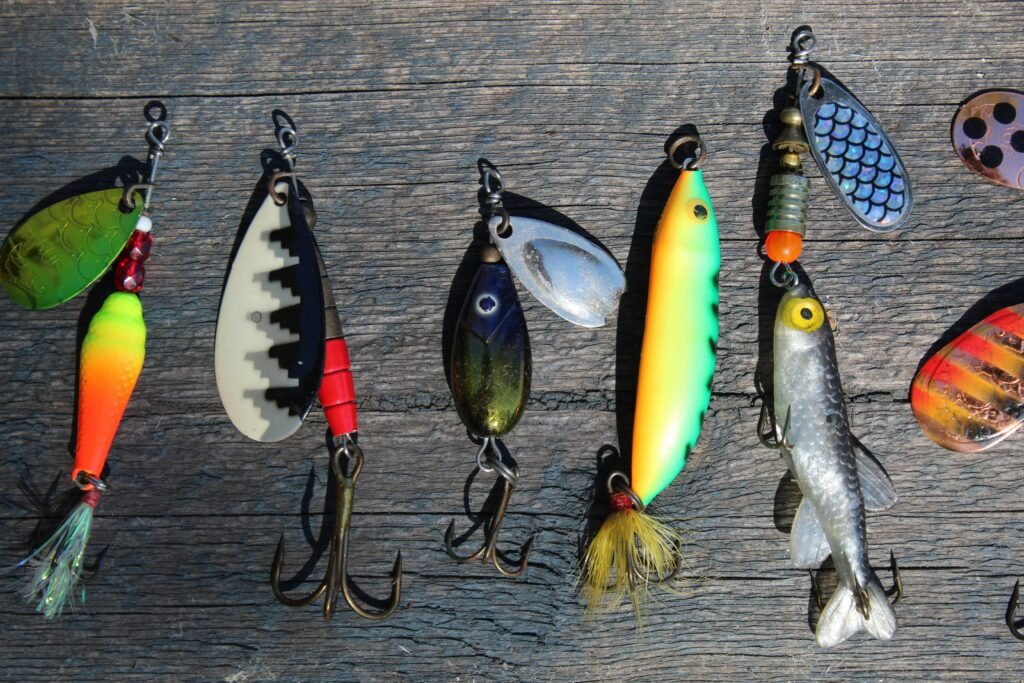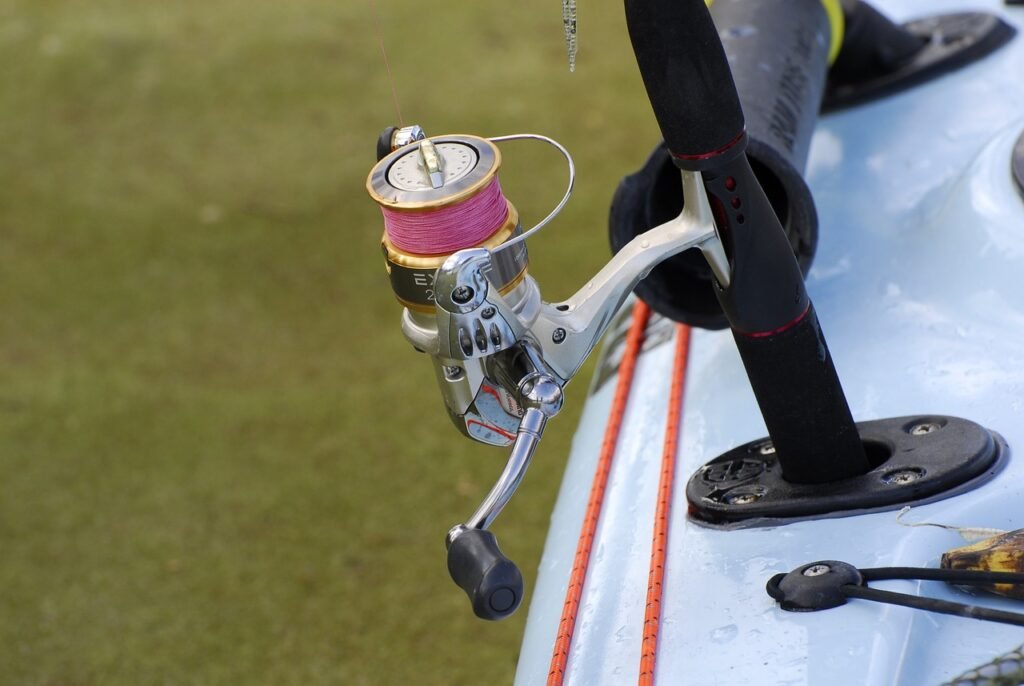Ahoy, saltwater anglers and marine enthusiasts! Are you ready to hook into the dynamic world of jigging and reel in some impressive saltwater species? Whether you’re a seasoned fisherman or you’ve just untangled your first fishing line, mastering the art of jigging is a game changer for your fishing adventures.
Jigging, my friends, isn’t just about dropping a lure into the deep blue and hoping for the best. It’s a skillful dance between angler and fish, a test of patience, and an adrenaline rush, all captured in one technique. But fret not! We’re here to break it down into tackle-box-size tips that will have you jigging with the pros in no time!
Understanding Jigging
First things first, jigging is a method of fishing that uses a weighted lure, known as a jig, to mimic an injured baitfish. This irresistible movement of the jig as it ascends and descends through the water column is irresistible to predators looking for an easy snack.
Choosing Your Jig
Picking the right jig can be as crucial as the location where you cast your line. Consider the species you’re targeting, the water conditions, and the behavior of local baitfish. Jigs come in various shapes and sizes, from sleek and shiny to colorful and feathery. Remember, it’s not a fashion show down there, but a well-chosen jig can make all the difference between a good day and a great day on the water.
The Right Gear
Just like you wouldn’t go hiking in flip-flops, you want to avoid heading out jigging with the wrong gear. A medium to medium-heavy rod with fast action is your best bet to handle swift jigging motions and strong-willed fish. Pair that with a reel that can handle braid lines, as you’ll need the extra strength and sensitivity to feel even the slightest nibble.
Technique Time
Now for the fun part! Drop your jig to the depth where the fish are hanging out (your fish finder is your best buddy here). Then, reel in the slack and start your jigging motion. Lift your rod tip rapidly, then drop it back down, allowing the jig to free fall. This up-and-down motion imitates that injured baitfish we talked about earlier.
The key here is varying your jigging rhythm. Some days, fish want a slow and steady jig; other days, they’re all in for that fast-paced jigging jive. And sometimes, all it takes is just letting your jig hover seductively in the current. Pay attention to how the fish are responding and change up your dance moves accordingly.
Patience Pays Off
In jigging, like most fishing techniques, patience is your staunchest ally. You might not strike gold on your first drop, but that’s the beauty of it. Each drop is a new chance at that tug on the line, which might lead to the fish story of a lifetime.
Safety First
Before we set you loose on the briny deep, a quick word on safety. Always check weather conditions before heading out and keep an eye on changing tides and currents. Fishing is fun, but coming back safely with tales of the sea is even better.
Conclusion
There you have it, sea slingers – a beginner’s guide to jigging that should get you well on your way to becoming a jigging maestro. Remember to respect the ocean, practice catch-and-release when possible, and delight in every cast, for it’s not just about the fish you catch but also about the memories you reel in.
Now go ahead, channel your inner saltwater spirit, and jig those depths with confidence and gusto. Tight lines and happy jigging!
Rember! It’s all in the wrist, the gear, and knowing your underwater audience. With a little practice, you’ll be jigging up stories that even the sunken treasure tales can’t compete with.



